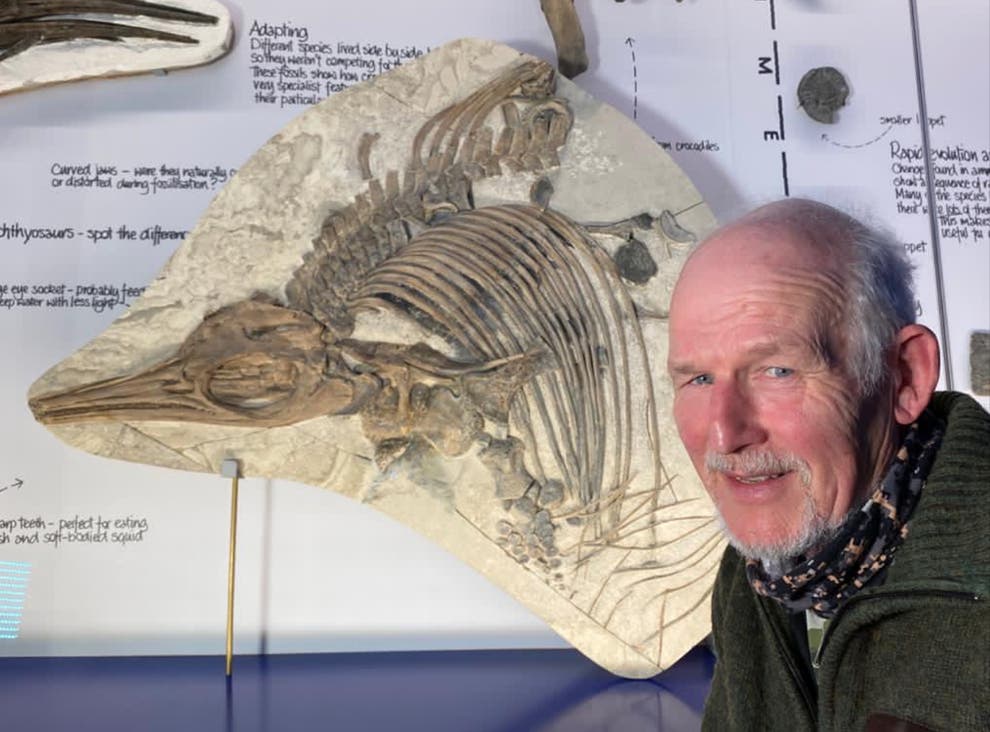For months, astronomers described Three Atlas as a mere spectacle—a harmless interstellar visitor destined to skim past Mars and fade into the cosmic void. But the universe rarely offers simplicity without intent. Data from the James Webb Space Telescope, humanity’s most advanced observatory, has upended that narrative. The trajectory has shifted, the numbers have realigned, and now scientists are quietly confronting an unsettling possibility: Three Atlas might collide with Mars. Yet, this isn’t just about a comet. It’s about precise maneuvers, rhythmic gas emissions, and an object that behaves less like a drifting rock and more like a guided spacecraft. The deeper the data is probed, the clearer it becomes—Three Atlas isn’t wandering. It’s targeting.
A Cosmic Anomaly
Discovered on July 1st, Three Atlas initially appeared as a typical interstellar object: a fast-moving blur with a glowing coma, hurtling at an unprecedented 87 km/s relative to the Sun—fast enough to cross the Earth-Moon distance in under 80 minutes. But its behavior defied expectations. Unlike typical comets that slow, fragment, or stabilize as they near the inner solar system, Three Atlas began accelerating subtly but consistently. Its trajectory tightened with slight, deliberate course corrections. The coma’s brightness doubled within weeks, and spectral analysis revealed ultraviolet energy spikes and CO2 outgassing at rates unseen in any known comet. This was no ordinary chunk of ice and rock—it was behaving like a guided missile.
The James Webb Telescope’s deep-field sensors then detected something extraordinary: rhythmic pulses from the object’s tail, not random jets from melting ice, but precise thrusts occurring every 17 minutes. These weren’t natural. They suggested intent—a pattern, a signal, a maneuver.
A Shifting Threat
As observations continued from Webb, Gemini South, and NASA’s Jet Propulsion Laboratory, the data painted a chilling picture. What was once projected as a near-miss with Mars had become a potential catastrophe. The revised impact distance shrank to just 1.95 million kilometers—a cosmic hair’s breadth. Simulations showed that even a slight increase in velocity, as little as 10 km/s from those gas pulses, could shift Three Atlas onto a collision course with Mars. Such precision in a natural object is unheard of. The gas emissions appeared to function like micro-thrusters, aligning perfectly with Mars’ orbital plane. Scientists were no longer tracking a passive object—they were witnessing it aim.
Between September 19th and 30th, a single outburst could tip the scales toward impact. The window was narrowing, and the implications were staggering. Harvard astrophysicist Avi Loeb and his team published a bold hypothesis: Three Atlas might be an engineered probe. Radar data from the Mars Reconnaissance Orbiter and Goldstone antennas supported this, revealing metallic echoes unlike the soft, watery signatures of typical comets. Amateur high-exposure images showed green, needle-like streams converging toward Mars, pulsing in sync with the object’s exhaust vents. This was not natural behavior.
A Cosmic Delivery?
Loeb’s team proposed that Three Atlas could be targeting Mars deliberately—to crash, or perhaps to deliver something: a probe, a signal, or even biological material. The object’s mass, estimated at 10 billion tons, and its speed of 57 km/s relative to Mars, suggest an impact would release over 2 million megatons of energy—thousands of times more powerful than Earth’s largest nuclear detonation. The resulting crater would span 60 km wide and 5 km deep, scattering debris across Mars’ orbit, some potentially reaching Earth.
Such an event would devastate Mars’ scientific assets—rovers, orbiters, and decades of climate and life-detection research. It could also crack open subsurface reservoirs, exposing potential Martian ecosystems to unknown contaminants. If Three Atlas carries organic or synthetic biology in its outgassing trails, the collision could trigger a form of reverse panspermia, seeding Mars with alien material. The question arises: Is destruction the goal, or is Mars an incubator for something else?
Unnatural Signatures
As Three Atlas approached its closest point to Mars, the James Webb Telescope’s ultra-deep scan revealed synthetic polymers—molecules resembling Earth-made plastics and carbon nanotubes—intermixed with natural gases. These are not structures formed in the vacuum of space or through cometary heating. Isotopic anomalies in carbon and hydrogen further distinguished Three Atlas from any known solar system object. These findings, briefly classified before partial public release, prompted emergency meetings among global space agencies. The object wasn’t just alien—it was engineered.
NASA’s response was uncharacteristically silent. Telemetry from rovers like Perseverance and China’s Tianwen-1 showed unexplained gaps. A leaked classified transmission mentioned an “impact protocol initiated,” hinting at encrypted signals sent to Mars’ equipment. Were these defensive measures, or something else? If Three Atlas is semi-autonomous, it might be reacting to Earth’s signals, confirming we’re not just observing but engaging with it.
A Message in Motion
A SETI Institute team took an unprecedented step, translating Three Atlas’ trajectory, velocity, and gravitational vectors into binary and applying deep-space messaging algorithms. The result was a structured, repeating sequence containing atomic numbers—6, 8, 14, 26 (carbon, oxygen, silicon, iron)—interspersed with prime number countdowns and recursive patterns. The object’s path itself appeared to be a signal, not transmitted via radio but through its behavior and timing. An impact—or a near-miss—could be part of this message.
The trajectory also aligned with Elysium Planitia, a Martian region with symmetrical, Fibonacci-like geological features. The object’s descent vector targeted a 3.5 km-wide circular basin with crystalline silicates that emit infrared pulses when struck by sunlight. Was this basin a random feature or a deliberate beacon?
Mars Responds
As the impact window narrowed, Mars itself seemed to react. The ExoMars Trace Gas Orbiter detected xenon isotopes rising from fissures near Cerberus Fossae, accompanied by seismic activity and a 3° Kelvin temperature increase in subsurface layers. Magnetometer readings revealed a structured magnetic pulse repeating every 17 minutes—matching Three Atlas’ emissions. Was Mars merely reacting, or was it responding?
High-resolution imagery from ESA’s Mars Express captured movement in Noctis Labyrinthus’ dust fields: two concentric ovals forming an eye-like shape tilted at 23.5°, Earth’s axial tilt. This wasn’t wind—it was deliberate, as if something beneath the surface was aware of our presence.
A Celestial Countdown
Three Atlas’ light fluctuations followed a Fibonacci-based spiral, suggesting a temporal signal tied to orbital resonances. Its alignments with Mars, Earth, and the Sun on September 23rd, October 5th, and November 11th matched rare gravitational synchronizations last seen during the 1908 Tunguska event. Ancient megalithic structures like Stonehenge and Teotihuacan align with these same celestial angles, hinting that humanity may have unknowingly anticipated this event for millennia.
A low-frequency signal from beneath Olympus Mons, detected by multiple orbiters, mirrored Three Atlas’ waveform. A forgotten Mars Odyssey scan revealed a heat signature in Utopia Planitia, now intensified and matching an ancient glyph depicting a spiral collision. Mars wasn’t just a target—it might be a repository of celestial memory, with Three Atlas as the key.
Life as Code
Webb’s final spectral analysis of Three Atlas’ molecular trail revealed nucleotide-like sequences resembling RNA, structured for replication and responsive to interpretation. This wasn’t just biological—it was a living code, possibly designed to interact with intelligence. As Three Atlas aligned with Mars, Earth, and the Sun in a perfect transit, it mirrored ancient alignments, suggesting a cosmic ritual.
The Final Act
Three Atlas isn’t just a comet—it’s a performance, a convergence of signals, pulses, and alignments. Mars isn’t merely reacting; it’s remembering. The object’s final maneuver positions it not for destruction but for completion. Earth, as the observer, was always part of this design. Every telescope, signal, and theory was heard. The impact, if it occurs, may not leave a crater but will reshape our understanding of Mars, life, and ourselves.
Three Atlas didn’t come from Mars—it came for our attention. Now that it has it, the question remains: What happens next?






















